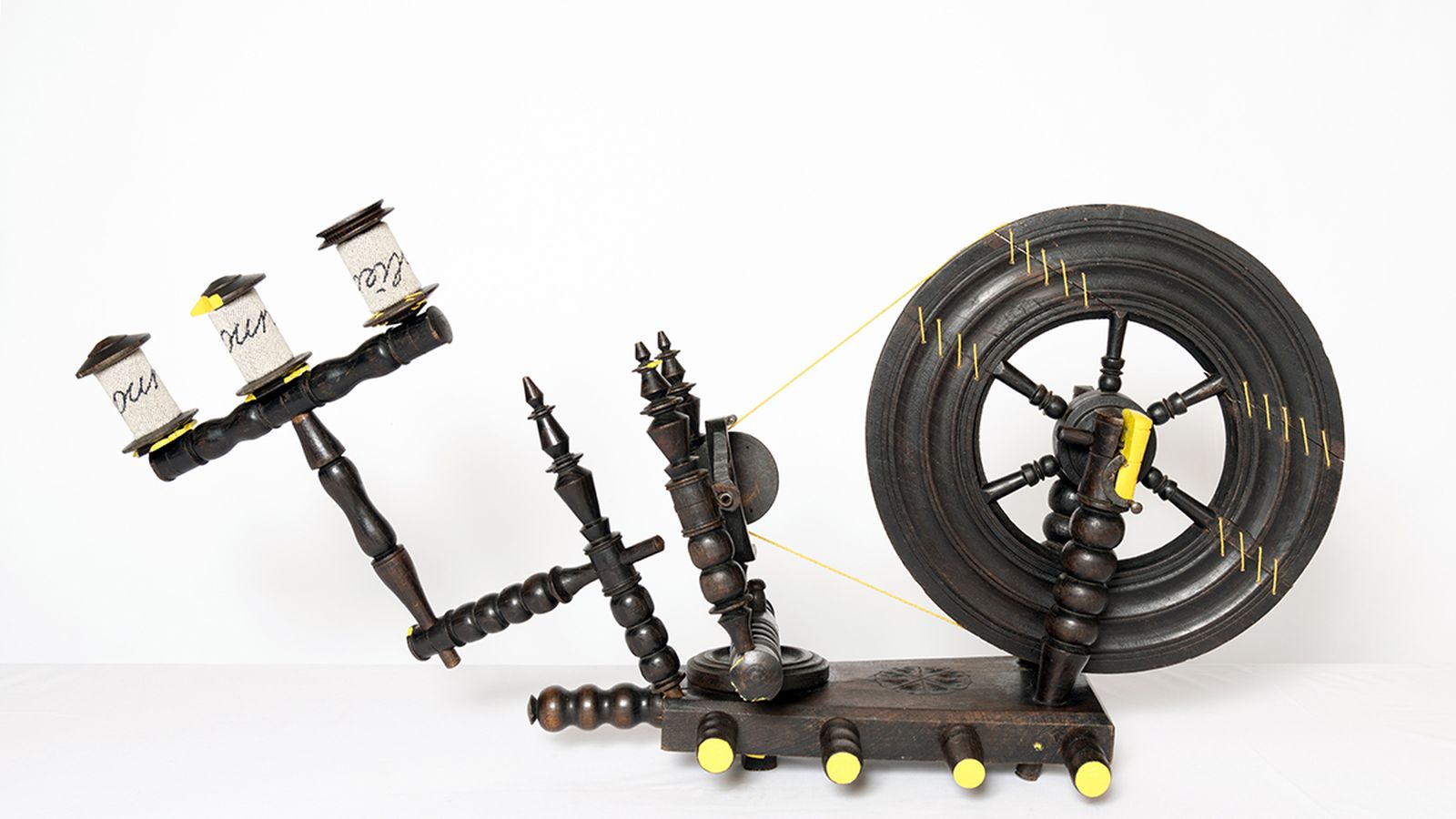Object Therapy

Object Therapy is an exhibition and project that explores creative transformation and notions of value and repair.
In May 2016, 29 broken objects were submitted by members of the public to a team of repair researchers in Canberra before undergoing ‘therapy’. Items of furniture, ceramics, household appliances, textiles, jewellery, sentimental objects and even one human, were all treated and reimagined by noted Australian and international designers and artists including Trent Jansen, Liam Mugavin, Henry Wilson and Alison Jackson.
In transforming these loved but broken items into objects of delight and surprise, Object Therapy showcases innovative design solutions while exploring the attachments we form with objects. As a project and exhibition, it encourages us to rethink our habits of material consumption while exploring and celebrating the role and creative possibilities of repair in society.
Object Therapy is a project by Hotel Hotel. Developed in partnership with UNSW Art & Design and ANU School of Art and Design.
Designers: Andrea Bandoni | Corr Blimey (Louisa de Smet and Steven Wright) | Susannah Bourke | Elise Cakebread | Thought Collider (Mike Thompson and Susana Cámara Leret) | Daniel Emma (Daniel To, Emma Aiston) | Franchesca Cubillo | Dale Hardiman | Benja Harney | Kyoko Hashimoto | Alison Jackson | Elbowrkshp (Elliat Rich and James B. Young) | Trent Jansen | Guy Keulemans | Dylan Martorell | Scott Mitchell | Liam Mugavin | Rohan Nicol | Monique Van Nieuwland | Yutaka Ohtaki | Halie Rubenis | Niklavs Rubenis | SMaRT@UNSW | Naomi Taplin | Henry Wilson | Richard Whiteley
Exhibition Designer - Claire McCaughan
A project by - Hotel Hotel
Project designers – Guy Keulemans (UNSW Art & Design) and Andy Marks
Research investigators - Guy Keulemans, Andy Marks and Niklavs Rubenis (ANU School of Art & Design)
Curators - Guy Keulemans, Andy Marks, Niklavs Rubenis and Dan Honey
Photography - Lee Grant
Explore Object Therapy education kit here
Discover a vibrant repair community around Sydney by reading the Sydney Repair map here
Download the Repair Map here
Object Therapy is part of ADC On Tour, the Australian Design Centre's national touring program. ADC is partnering with Hotel Hotel for the first time to develop and deliver an eight-venue national tour supported by the Australian Government's, Visions of Australia (Visions) program.
Hotel Hotel is a hotel in Canberra, Australia. A place of collaborative craftsmanship made by artists, makers, designers and fantasists. Physically Hotel Hotel is a place made by and informed by art and culture. It is also a vessel for ongoing cultural and artistic creation.
Object Therapy from Australian Design Centre on Vimeo.
Australian Design Centre 6 April – 7 June 2017
Noosa Regional Gallery 2 December 2017 – 21 January 2018
South Australian School of Art 15 February – 23 March 2018
Design Tasmania 6 July – 19 September 2018
Alcoa Mandurah Art Gallery 30 November – 13 January 2019
Manning Regional Art Gallery Taree 25 April - 2 June 2019
Lismore Regional Gallery 22 June – 11 August 2019
Tamworth Regional Gallery
6 September – 27 October 2019







/https://adc-2-prod.s3.amazonaws.com/media/dd/images/FAM-OT-Elizabeth--02.7ee46e4.jpg)





















